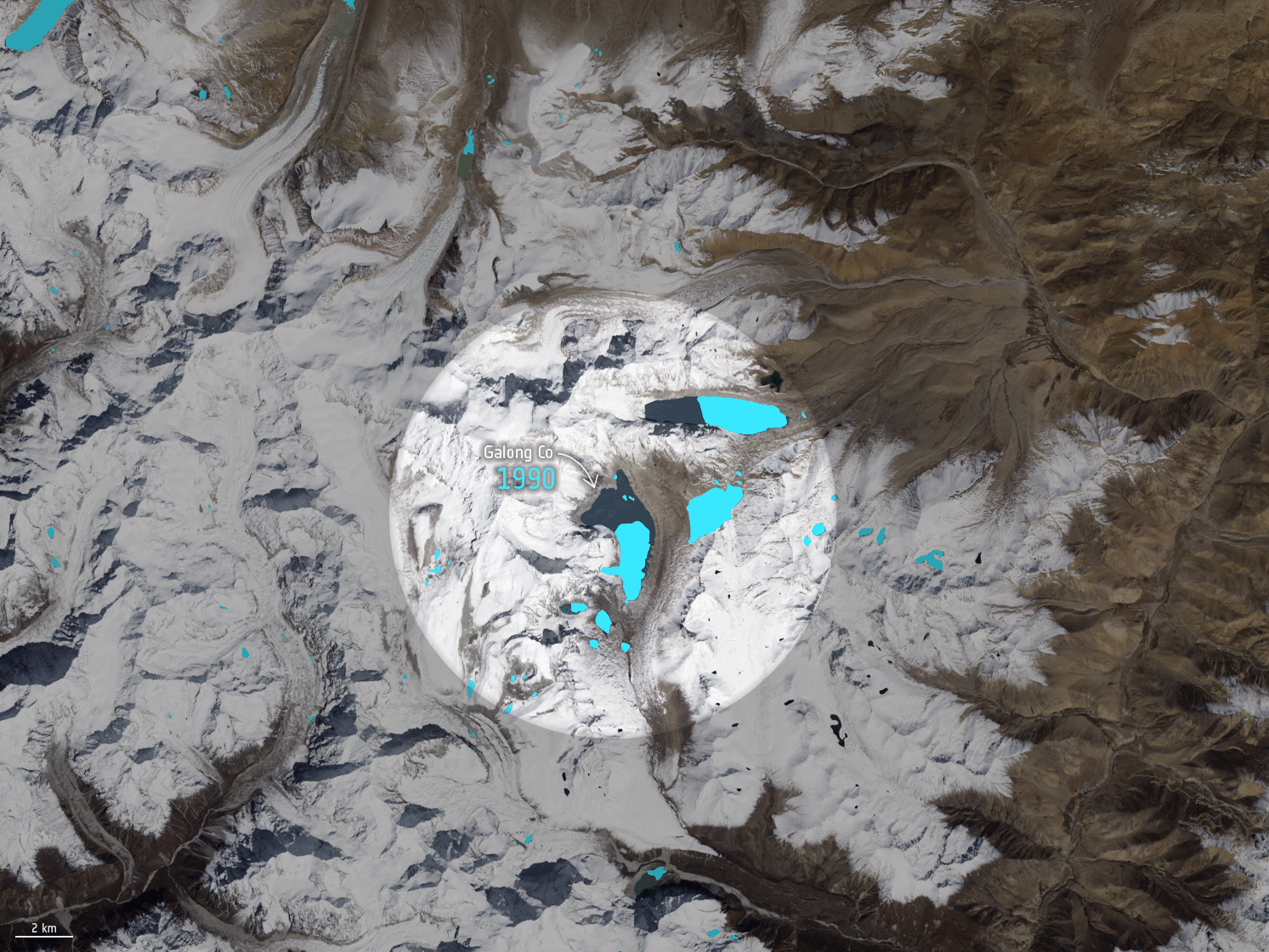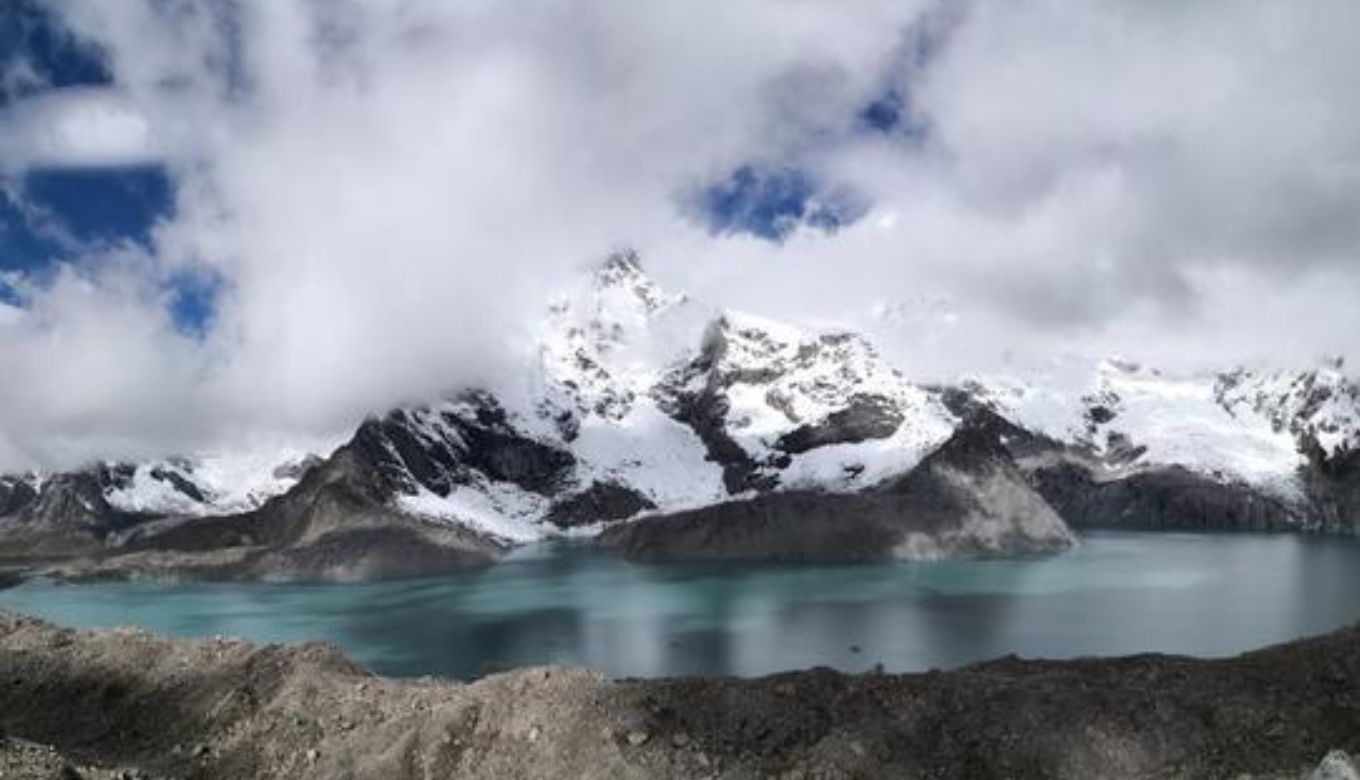New research reveals that Himalayan glaciers are losing their ice, which aware scientists about the region glacier’s demise and managing the critical water resources.
The Great Himalayas also provide water to 1.3 billion people in Asia. The new findings which were published in the journal Nature Geoscience on April 3, found that the ice lost from Himalayas glaciers that terminated into lakes from 2000 to 2020 was, on average underestimated by 6.5%.
Climate change due to human intervention in natural resources is causing the meltdown of the Himalayan glaciers. It also expands the volume of proglacial lakes, which formed in front of the ice.
It is an important resource for the Asian population, so it requires understanding the future conditions of these glaciers.
Recent Studies on the Himalayan Glaciers Unveiled the Meltdown Rate

An international team including scientists from the Chinese Academy of Science and Graz University of Technology in Austria used different satellite images, mainly from the US Landsat mission to detect the changes in the lake’s volume and depths.
This research is part of the Dragon program – a cooperation between ESA and China’s National Remote Sensing Centre that promotes the use of ESA, third-party mission Copernicus Sentinel, and Chinese satellite data for science and applications. The US Landsat mission is also an ESA third-party mission.
These satellite images and bathymetry data together provide detailed information on changing shape of the lakes and the volume of water inside the lakes.

Galong Co lake volume change. Credit: ESA (data source: Graz University of Technology/ Chinese Academy of Sciences
Scientists Use the Digital Elevation Models for the Calculation of Himalayan Glaciers Ice Loss

Changes in Himalayan lake volume. This map shows the changes in the volume of water held in lakes between 2000 and 2020. Orange indicates a reduction in volume. The map shows the location of the Imja Tsho and Galong Co lakes. (Image Credit: ESA)
Research scientists use the digital elevation model method to measure the ice loss from the Himalayan glaciers. This model studied the glaciers and lake water at the surface but doesn’t account for any ice loss that occurs below the surface of the lake.
The contribution of subaqueous mass loss to glacier mass loss has been largely neglected until now in the third pole of the region.
Guoqing Zhang from the Chinese Academy of Sciences and the first author of the paper explained “From our research, we now know that proglacial lakes in the region increased by 47% in number, 33% in area, and 42% in volume between 2000 and 2020.
“We estimate that this equates glacier mass loss of around 2.7 Gt, which is about the same weight as 570 million elephants, and which has not been previously accounted for.”
Tobias Bolch from the Graz University of Technology Said “This emphasizes the importance of incorporating subaqueous mass loss from lake-terminating glaciers in future mass-change estimates and glacier evolution models, regardless of the study region.”
The Himalayan glaciers meltdown expanding the lake areas and glacier mass is decreasing, this not only worried the people of the Asian region but also the environmentalist and research scientists.
Also Read: US Coastal Region is in Danger: Record-Breaking Sea-Level Rise in the Southeast and Gulf Coasts



